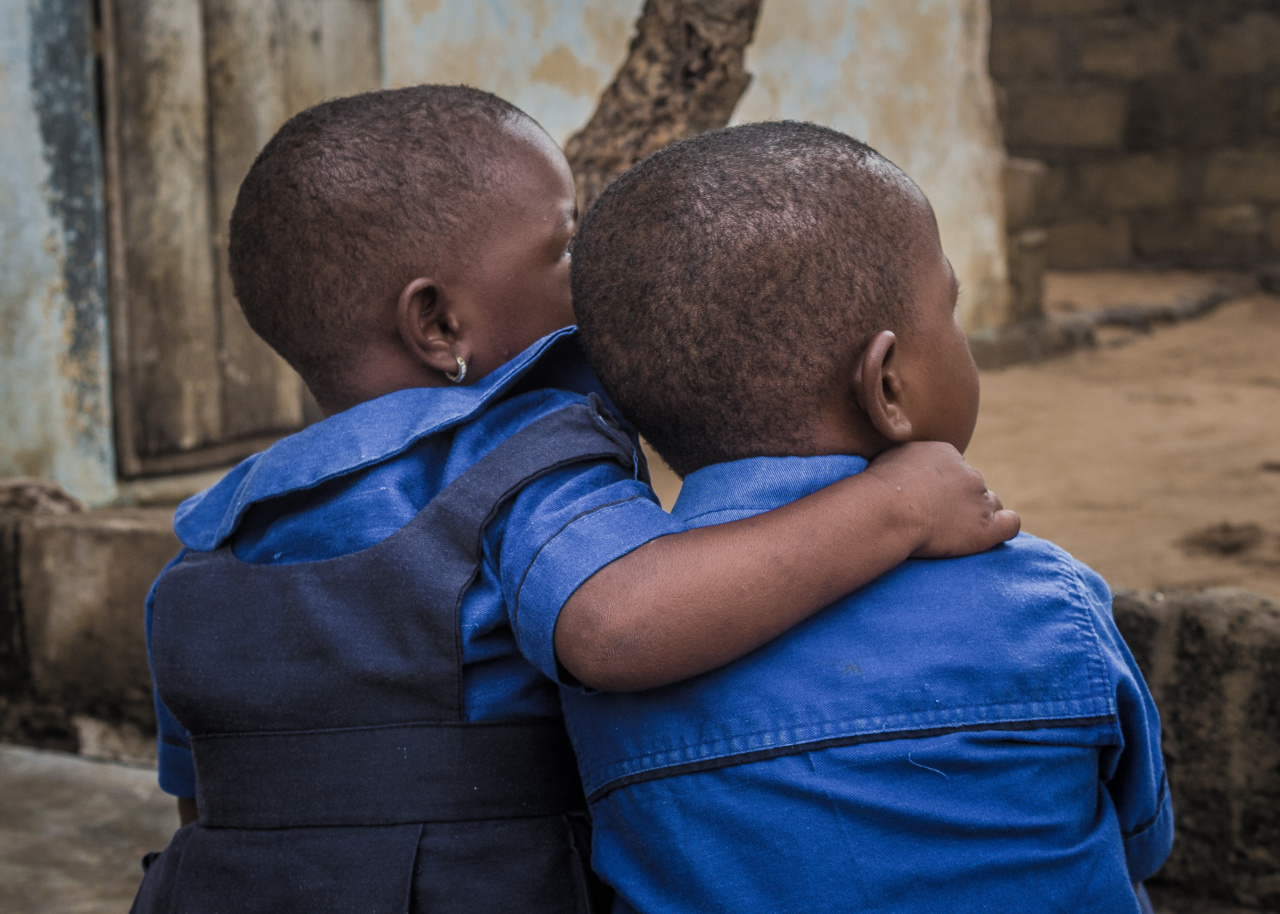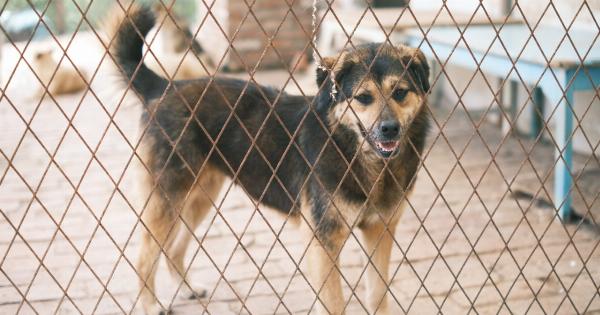Identical twins are a rare phenomenon that has fascinated the world for centuries. The idea that two individuals can be born with the same genetic makeup and physical appearance is both incredible and remarkable.
It’s easy to understand why parents often hope for their children to be identical twins – the bond between siblings is already strong, but with identical twins, it’s taken to a whole new level.
But what happens when one twin, particularly a girl, has a health issue? Does it affect her twin in any way? The answer is yes. Identical twins may have the same DNA, but that doesn’t mean they are the same person.
Differences in their environment and lifestyles can lead to variations in their health.
How Genetics Work
To fully understand the impact of genetics on the health of identical twins, let’s first take a closer look at how genetics work. Genes are the basic building blocks of life, and they play a crucial role in determining who we are and how we function.
Genes control physical traits like eye color, height, and hair texture, as well as more complex traits like intelligence, personality, and susceptibility to certain diseases.
Genes are found in our DNA, which is the blueprint for our bodies. DNA is made up of four chemical bases: adenine (A), guanine (G), cytosine (C), and thymine (T). The order of these bases forms ‘instructions’ that determine how our body functions.
These instructions are organized into chromosomes, which are long strands of DNA.
Humans have 23 pairs of chromosomes, for a total of 46. One set of chromosomes is inherited from our mother, and the other set is inherited from our father.
When an egg is fertilized by a sperm, they combine to create a single cell that contains the genetic material from both parents. This single cell then divides and multiplies to form a complete human being.
Identical Twins and Genetics
Now let’s talk about identical twins. When a fertilized egg divides in two, usually within a week of conception, it creates two genetically identical embryos. These embryos then grow and develop independently into two separate babies.
Because they come from the same fertilized egg and have the same genetic material, identical twins look almost exactly alike and share many physical traits.
However, while identical twins have the same genes, they are not identical in every way. They may have slight differences in their personalities or preferences, and their bodies can react differently to the same environmental factors.
These variations can lead to different health outcomes.
The Impact of Environment
The environment plays a significant role in our health. Things like diet, exercise, exposure to toxins, and stress can have a profound impact on our bodies. Identical twins may have the same DNA, but they don’t necessarily share the same environment.
Even small differences in their surroundings can create significant variations in their health.
For example, if one identical twin lives in a polluted city while the other lives in a rural area with pristine air, the twin in the city may be more susceptible to respiratory illnesses.
Similarly, if one twin eats a healthy diet and exercises regularly while the other lives a sedentary lifestyle and eats a diet high in junk food, the latter twin may be more prone to obesity, heart disease, and other health problems.
Health Issues in Identical Twins
Identical twins are more likely to develop some health conditions compared to non-twin siblings. This is because if one twin has a condition that is partially determined by genes, the other has an increased risk of developing the same condition.
This is due to their shared genetic material.
For example, if one twin has type 1 diabetes, the other twin has a higher risk of developing the disease than a non-twin sibling. The risk is not 100%, however, because environmental factors can play a role.
Other health conditions that have been linked to genetics and are more prevalent in identical twins include heart disease, cancer, and Alzheimer’s disease.
Impact on the Health of the Twin with Health Issues
When one identical twin has a health issue, it can have a significant impact on their twin as well. This is especially true for twins who grew up together and shared many experiences.
They may have had similar diets, exposure to toxins, and stressors, which can make it more likely for the healthy twin to develop the same condition in the future.
Additionally, if one twin is ill, their relationship may change. They may become more distant or more protective of each other. The healthy twin may take on a caregiver role, which can be emotionally and mentally taxing.
Overall, it’s important to remember that while identical twins share many physical and genetic traits, they are not the same person. Their health outcomes may differ based on their environment, lifestyle, and other factors.
When one twin has a health issue, it can impact the other twin as well, but it’s not a given that they will have the same condition.
The Importance of Health Screening
Because identical twins share genetic material, they have an increased risk of developing certain health conditions. This means it’s important for twins to undergo regular health screening to catch any potential problems early.
Screening can be especially important if one twin has been diagnosed with a condition that has a genetic component.
Some health conditions that are more prevalent in identical twins may be diagnosed in childhood, such as type 1 diabetes. Other conditions, such as certain types of cancer, may not manifest until later in life.
Regular screening can help to detect these conditions early, which can improve the chances of successful treatment.
Conclusion
Identical twins are fascinating and unique individuals. While they share the same genetic material, they are not identical in every way. Differences in their environment and lifestyle can lead to variations in their health outcomes.
When one twin has a health issue, it can impact the other twin as well, but it’s not necessarily a given that they will have the same condition. Regular health screening can help to catch any potential issues early, and improve the chances of successful treatment.





























